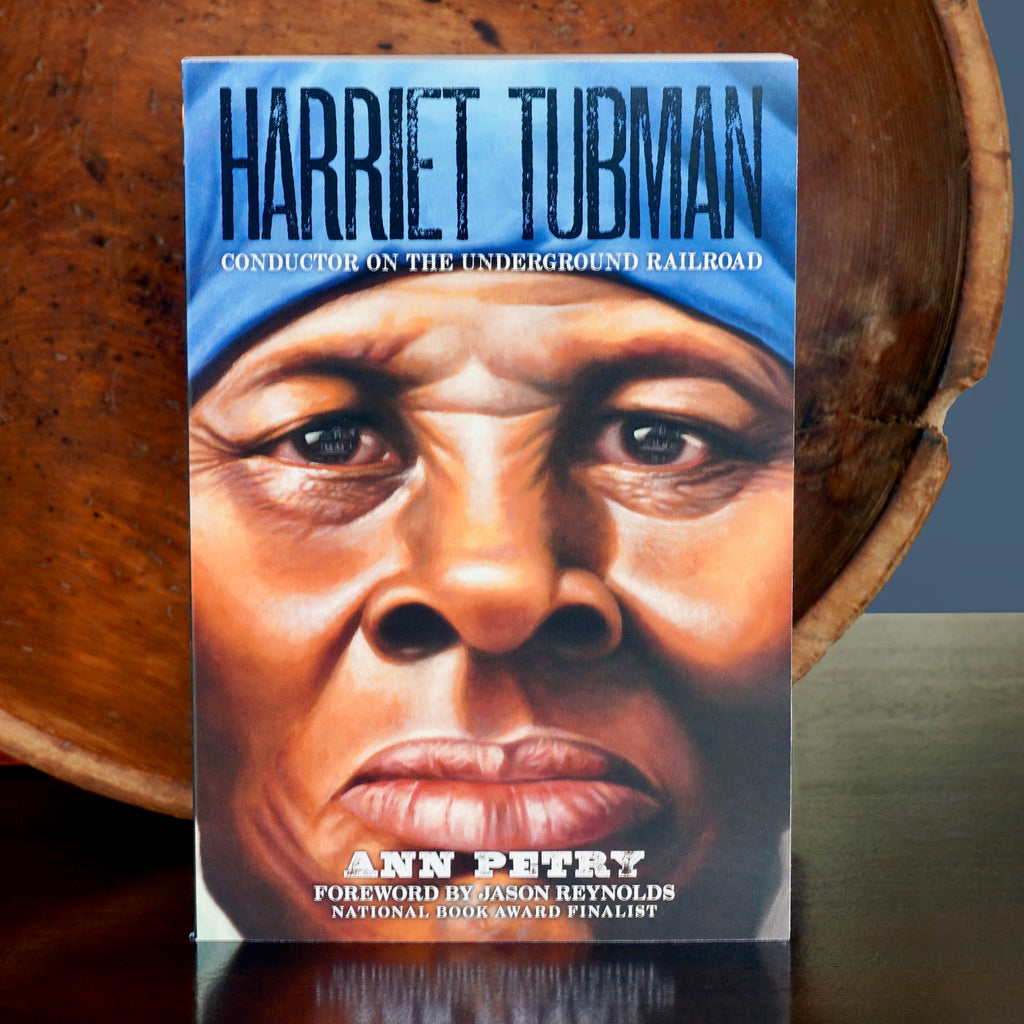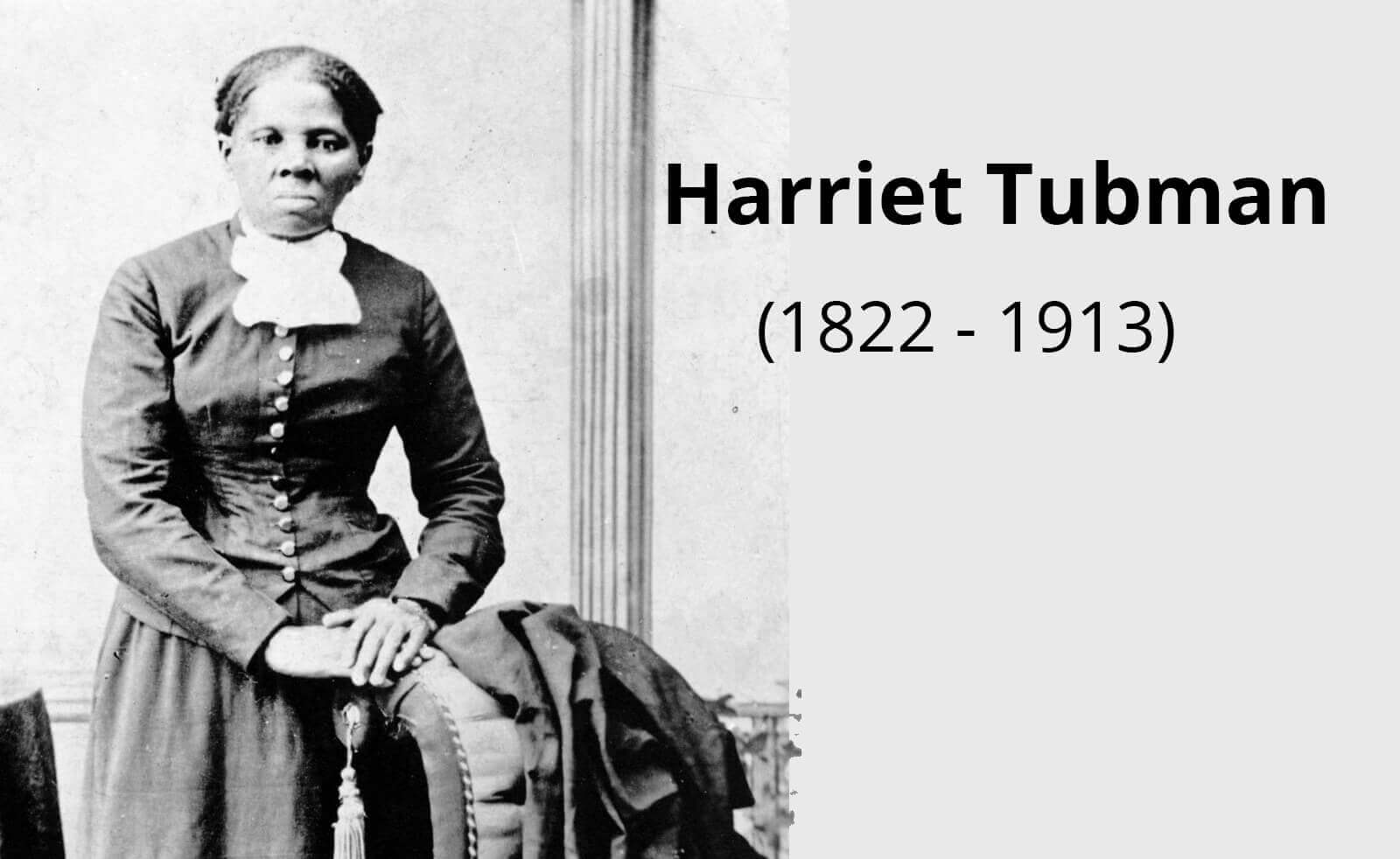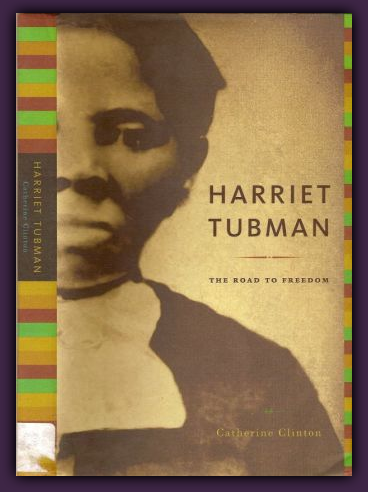

"Like sources of the Nile," the antebellum black leader Samuel R. "Circa" affixed before a birth year is one of the most common legacies of slavery.

Most accounts offer her birth year as 1820, 1822, or circa 1820, roughly two hundred years after the first boatload of Africans was sold off a Dutch slave ship in 1619 at Jamestown, Virginia. Yet because she was born a slave, the exact year of her birth remains unknown, unrecorded in an owner's ledger - lost even to the parents and child themselves. She was born near Bucktown in Dorchester County, Maryland, to parents who named her Araminta and cared for her deeply. This was the world into which Harriet Tubman was born and came of age, a time and place gnarled by slavery's contradictions. Black and white, slave and free, acquisitive and hardscrabble crowded together within this narrow strip of Maryland. In early America, the planters who settled the marshes of the Eastern Shore, the African Americans who struggled within the bonds of slavery there, and the clusters of emancipated blacks who formed pockets of liberty within the countryside created a complex tangle of competing agendas. Philadelphia merchants moved south along Indian trails, scouting for grain, finding eager suppliers along the Choptank River. By the 1750s, fields of tobacco were replaced by fields of corn, as planters found it less labor intensive and more profitable to plant food for export to the West Indies.

Commercial rather than domestic agriculture flourished, as tobacco farms dominated at first. The Eastern Shore was separated from its sister slave counties by the oyster beds that spread underneath the water to Maryland's other, western, shore, where the bustling ports of Annapolis and Baltimore dominated the regional economy.īeaver traders originally populated the Eastern Shore, but by the 1660s the pelt trade was depleted and planters began to settle the region. Waterfowl and wildlife were abundant, offering hunters as rich a harvest as that gathered by those who cultivated the land. Fields dappled with sun and lush with grain were crisscrossed by dozens of waterways throughout the peninsula, joining rivers flowing from marshes out to the beckoning salt water.

AT THE TURN of the nineteenth century, the Eastern Shore of Maryland was in many ways a world apart - the rich, rolling fields semicircling Chesapeake Bay, abutting Delaware to the east and grazing Pennsylvania to the north.


 0 kommentar(er)
0 kommentar(er)
